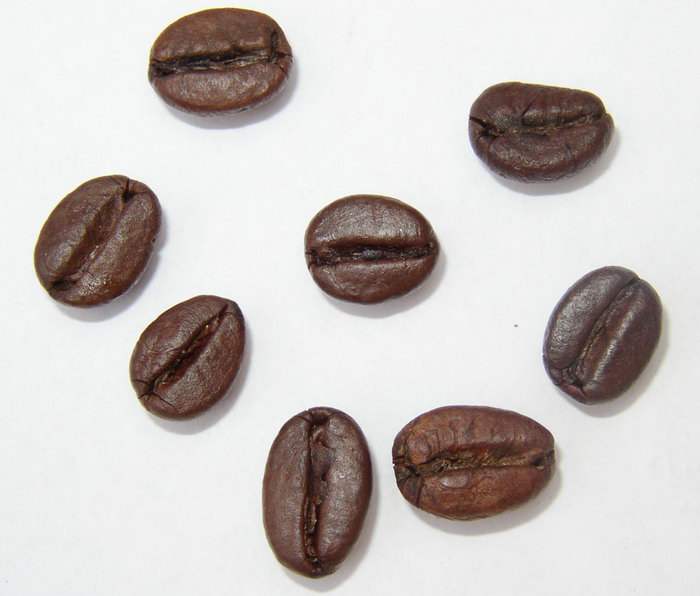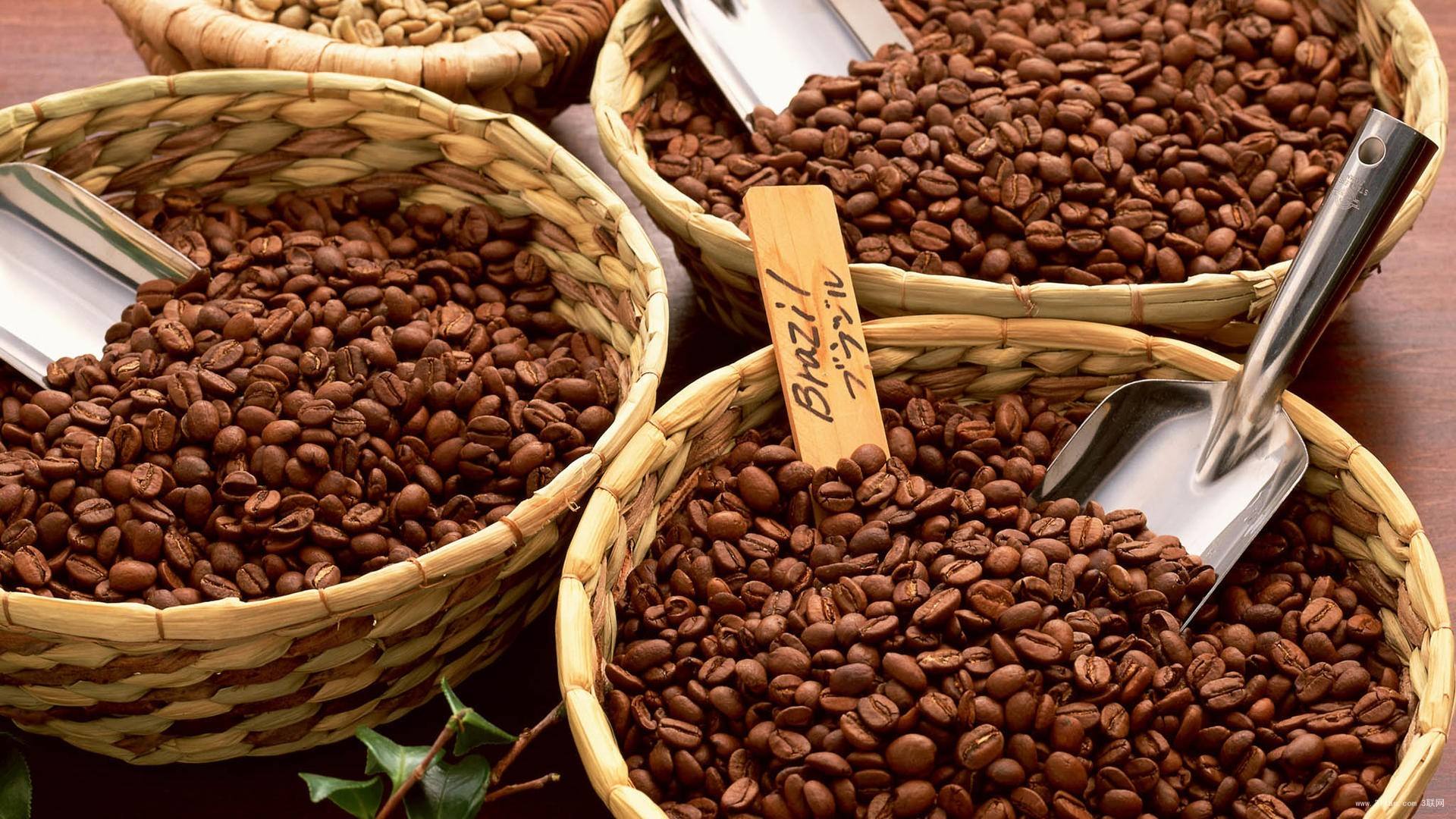Costa Rican coffee producing area, Costa Rican coffee introduction
Follow the caf é (Wechat official account vdailycom) and found that Beautiful Cafe opened a small shop of its own.
Costa Rica is a Spanish word meaning "rich coast".
At the top of the Costa Rican national emblem is a blue belt with the words "Central America", expressing Costa Ricans' memory of the original federation; below is a white ribbon with green branches and the name of the Republic. The corn kernels on both sides of the national emblem are round and golden, indicating that the agriculture of this plateau country is dominated by corn cultivation. The three reddish-brown volcanic peaks represent the Barbaa, Ilasu and Boas mountains between the Pacific Ocean and the Caribbean, with 3/4 of Costa Rica's coffee-producing population living on the flowering green plateau. The seven white five-pointed stars in the blue sky represent the seven existing provinces of Costa Rica. There is an ancient white sailboat in the close range of the Caribbean Sea and the Pacific Ocean behind the mountains, and the dynamics of the voyage bring out Costa Rica's prosperous maritime trade. A rising sun is rising on the sea, and the dawn of the new century shines on the bright future of this country.

The country is divided into seven provinces, 81 counties and 421 districts. The names of the provinces are as follows: San Jose, Alajuela, Catago, Eredia, Guanacaster, Pentalenas and Li
Have the best environmental conditions to produce the best coffee
Located in the south of the country's capital, San Jose, Tarasu is one of the most valued coffee growers in the country. La Minita Tarrazu coffee is a famous local product, but its production is limited, about 72600 kilograms a year. It is grown on a piece of land called La Minita, which is owned by the last three generations of the McAlpine family in the UK. In fact, this land can produce more than 450 tons of coffee a year. But Tarasu Latin America coffee is grown without artificial fertilizers or insecticides, and its harvesting and selection are done by hand, in order to avoid some damage to coffee beans caused by air spray selection.
Other coffees worth mentioning are Juan Vinas,PR, H.Tournon, Windmill,SHB, Monte bello and Ssnta Rosa. Fine coffee is generally grown in Geredia and the central canyon. Another striking type of coffee is Sarchi (one of the five towns that represent Costa Rica's Coffee Road), which grows on the slopes of the Poas Volcano volcano, 53km from San Jose. Saatchi, founded in 1949, has a land area of 30770 hectares and grows sugar cane and coffee. The area is also famous for its handicrafts, attracting tourists from all over the world.
The country's coffee industry, originally controlled by the Costa Rican Coffee Industry Company (Instituto del Cafe de Costa Rica, ICAFE), has been taken over by the official Coffee Committee (Oficina del Cafe). Among the exported coffee, those products that are considered to be of substandard quality are colored with blue vegetable dyes and then transferred back to China for sale. Coffee consumed domestically (dyed blue or undyed) accounts for about 10% of total production, and local per capita coffee consumption is twice that of Italy or the United States.
Important Notice :
前街咖啡 FrontStreet Coffee has moved to new addredd:
FrontStreet Coffee Address: 315,Donghua East Road,GuangZhou
Tel:020 38364473
- Prev

The taste of Costa Rican coffee, the producing area of Costa Rican coffee
Follow the caf é (Wechat official account vdailycom) and found that the coffee in Costa Rica is full of Arabica beans, washed with water, its style is bright, fragrant, clear as wind chimes, mild acidity and sweetness. Because of the sweetness, even if the coffee gets cold, it tastes very good, when Costa Rica
- Next

Planting patterns in flavor producing areas of Costa Rican coffee beans
Following Cafe (official Wechat account vdailycom) found that the beautiful cafe opened a small shop of its own. Above the national emblem of Costa Rica, a blue ribbon with Central America fluttered to express Costa Ricans' nostalgia for the former federation, and below was a white ribbon with green leaves and the name of the Republic. The corn kernels on both sides of the national emblem are round and golden, indicating that the plateau country
Related
- Detailed explanation of Jadeite planting Land in Panamanian Jadeite Manor introduction to the grading system of Jadeite competitive bidding, Red bid, Green bid and Rose Summer
- Story of Coffee planting in Brenka region of Costa Rica Stonehenge Manor anaerobic heavy honey treatment of flavor mouth
- What's on the barrel of Blue Mountain Coffee beans?
- Can American coffee also pull flowers? How to use hot American style to pull out a good-looking pattern?
- Can you make a cold extract with coffee beans? What is the right proportion for cold-extracted coffee formula?
- Indonesian PWN Gold Mandrine Coffee Origin Features Flavor How to Chong? Mandolin coffee is American.
- A brief introduction to the flavor characteristics of Brazilian yellow bourbon coffee beans
- What is the effect of different water quality on the flavor of cold-extracted coffee? What kind of water is best for brewing coffee?
- Why do you think of Rose Summer whenever you mention Panamanian coffee?
- Introduction to the characteristics of authentic blue mountain coffee bean producing areas? What is the CIB Coffee Authority in Jamaica?

